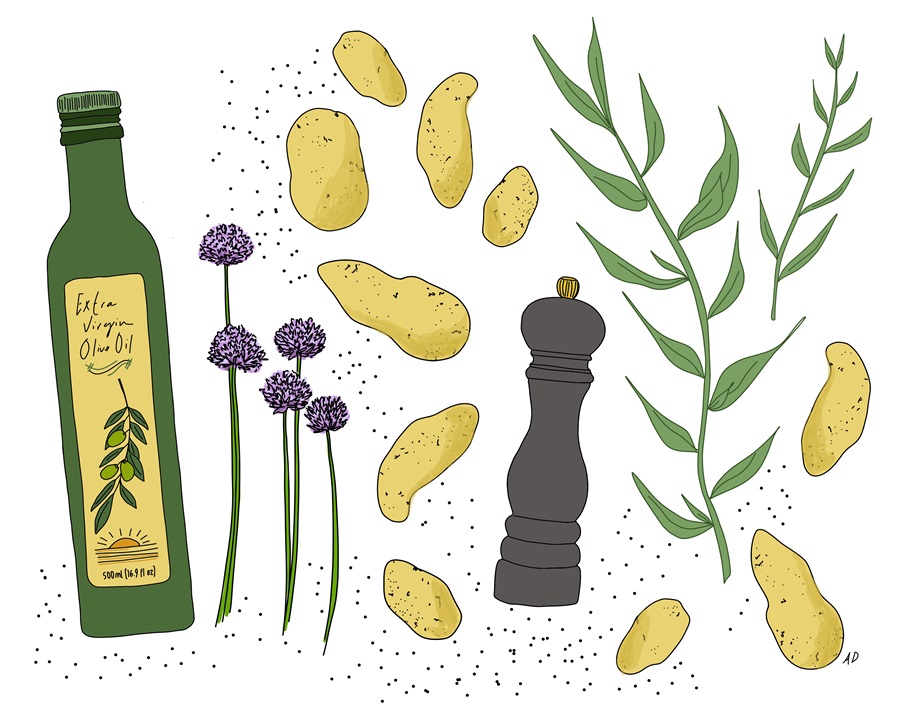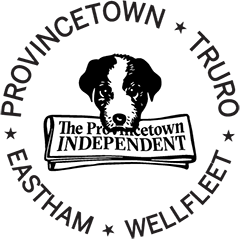As the late-night television personality David Letterman used to say, my guest needs no introduction. But I’m going to give her one anyway. She is the American queen of French cooking, the original cooking show host, beloved by generations of home cooks, the one and only Julia Child.
I have no memory of not knowing who Julia Child was. At some point, I realized it was possible to watch clips from her cooking show online. That’s how I learned how to make a perfect French omelet. Who knew that flipping an omelet out of a pan was referred to as “unmolding?”
Then there was Julie and Julia, the movie. I watched the 2009 film written by Nora Ephron for Meryl Streep several times. I mean, if you get Stanley Tucci and Meryl Streep on screen together, I will watch no matter what.
My grandmother is also a big Julia fan. I think that’s why she was pleased when I decided to go to Smith College: “You know Julia Child went there.” I ate in the dining hall where Julia had eaten, and I celebrated “Julia Child Day” on campus with my fellow Smithies — how could I not? On that day, all the campus café counters were stacked high with croissants, and all the dining halls cooked Julia’s recipes.
That was the one thing missing from my Julia education: the recipes.
One of Julia Child’s best-known achievements is Mastering the Art of French Cooking, the 1961 cookbook that she wrote with Simone Beck and Louisette Bertholle. It’s a book that was revolutionary at the time for its clear, simple descriptions of the techniques that make French cooking accessible to American home cooks. But until a few months ago, I had never cracked the cover of this famous book.

Despite my love of cooking, my habit of reading cookbooks for entertainment, and my fondness for Julia Child as a cultural icon, there were good reasons I hadn’t come to rely on her celebrated book. I’m vegetarian. I don’t eat gluten. My dairy consumption is limited to sheep’s-milk yogurt and the occasional grating of Parmigiano Reggiano. I don’t eat butter. I don’t eat butter? What could I possibly cook from The Art of French Cooking?
A few months ago I got curious. At the very least, I thought, I should do Julia Child the courtesy of taking a look at her masterpiece. I checked a copy out of the library, grabbed a stack of Post-it notes, and started flipping through, ready to mark all the recipes that I might make.
The first thing that struck me was how packed with useful information the book is. Conversions of all types: Fahrenheit to Celsius, ounces to grams, but also a selection of useful measures like “3 pounds of whole apples yield about 8 cups of sliced apples and 3½ cups of applesauce.” I’ve got to remember this next fall. Illustrations and descriptions explain how to chop, slice, julienne, and dice differently shaped vegetables. And how to braise, roast, grind, or sauté all manner of meats.
The reality is that my Post-it notes went mostly unused. There was very little that I could eat from The Art of French Cooking. There are some outliers though: a soup that honors fresh spring vegetables, side dishes that forego the butter, a simple rice salad. Nothing terribly exciting, it seemed to me. Until — the potato salad.
Chapter Nine: Cold Buffet, page 541 in my edition: Pommes de Terre à L’Huile. “French potato salad is prepared while the boiled, sliced potatoes are still warm, so they will absorb the dressing,” says the description. The salad is simple — potatoes, white wine, wine vinegar, mustard, salt, pepper, a generous dose of olive oil, optional green onions, and a couple of tablespoons of fresh herbs.
Now who am I to think that I could improve on a recipe from Julia herself? Well, I’m not one to follow recipes to the T, and two to three tablespoons of herbs seemed nowhere near enough for two pounds of potatoes. Also, I didn’t feel like going out to get wine. I don’t drink, I’m small, and I don’t have gray hair yet. People tend to think I’m 15, which makes purchasing alcohol a perennially awkward experience. So, I changed the recipe. I’m hoping that Julia doesn’t mind too much. I don’t think she would.
My version has more herbs, more mustard, lemon juice, white wine vinegar, and a tiny bit of balsamic vinegar. Also, I don’t peel the potatoes. In my imaginary conversation with Julia, this is the real sticking point. I’m pretty sure she would want me to peel the potatoes if I’m going to call it a French potato salad. So instead, let’s call it a “Rustic French Potato Salad.”
I suggest serving this on a warm spring or summer day. Use freshly dug potatoes if you have them, but market potatoes will do fine if you don’t skimp on the herbs. Pack some up and take it on a picnic with some lemonade and a French apple tart if you want to keep the theme.
ANTONIA & JULIA’S RUSTIC FRENCH POTATO SALAD
Makes 6 to 8 servings
2 lbs. yellow-fleshed potatoes such as Yukon gold
1 Tbsp. white wine vinegar
1 Tbsp. lemon juice
1 tsp. balsamic vinegar
1½ Tbsp. Dijon mustard
Salt and pepper to taste
6 Tbsp. extra-virgin olive oil
½ cup minced herbs (chives, tarragon, and parsley)
- Scrub your potatoes. Add them to a large pot, cover with water, and salt well. Bring to a boil over high heat and then reduce heat to a simmer. Cook until potatoes are knife tender, 20-30 minutes depending on the size of your potatoes. Drain immediately.
- Once the potatoes are cool enough to touch, chop them into half-inch chunks, leaving the peels on, and add to a large bowl.
- In a small bowl, whisk together the vinegars, lemon juice, olive oil, and salt and pepper to taste. Pour this mixture over the warm potatoes and stir gently so all the potatoes are coated.
- Let the potatoes cool for another 10 minutes before stirring in the minced herbs. Serve still warm or at room temperature. This salad will keep in the fridge for three days.



